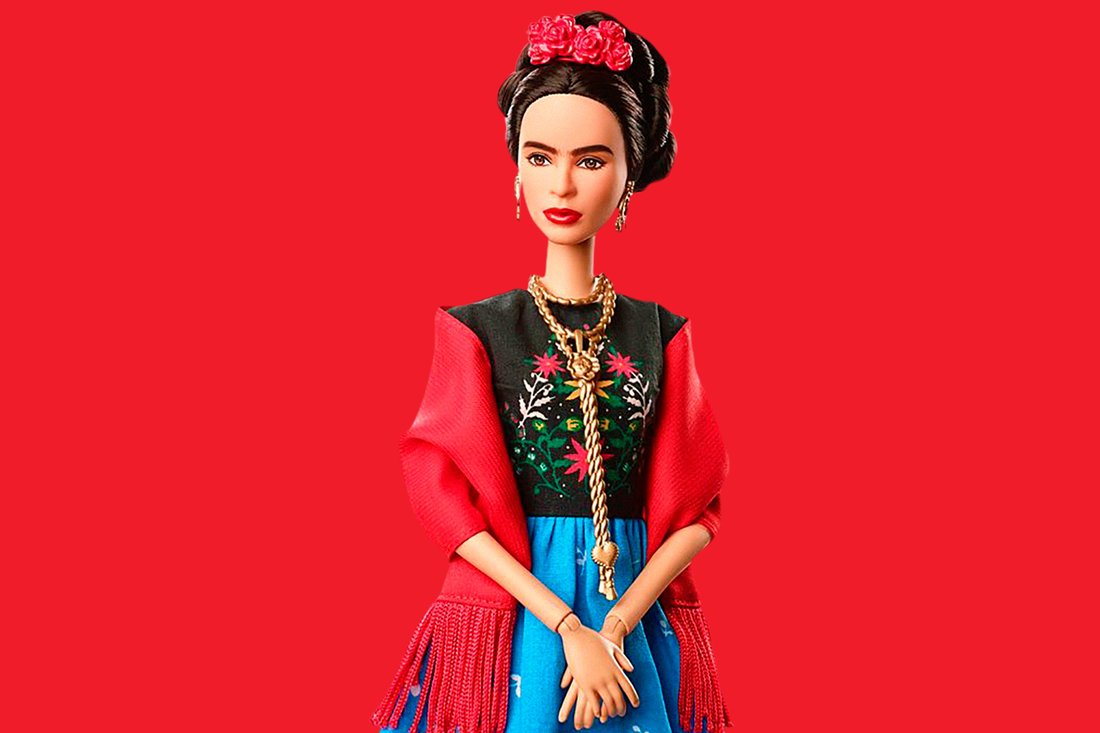名人芭比引爭議,。為什么美泰還應(yīng)該堅持多樣化道路
|
今年春季,,美泰公司推出“有影響力女性”系列芭比娃娃,其中有一款是20世紀墨西哥藝術(shù)家弗里達·卡羅,。原本可以讓粉絲借此緬懷,,然而美泰公司卻遭到批評,因為這款芭比娃娃的眼睛變成淺色,,弗里達的輪椅和自畫像中的連心眉也不見了,。 其他根據(jù)現(xiàn)實中知名女性制作的非白種人芭比娃娃則大受好評,包括(身披穆斯林頭巾的)2016年代表美國出賽奧運會的擊劍選手伊布蒂哈吉·穆罕穆德和2018年冬奧會美國單板滑雪選手克洛伊·金等等,。 在過去六年間,,美泰更換了三任首席執(zhí)行官,銷售額從2013年以來連年下滑,。對深陷困境的美泰而言,,最近芭比娃娃的銷售業(yè)績是難得的亮點。盡管關(guān)鍵的假日季已經(jīng)結(jié)束,今年第一季度芭比的銷售額仍然同比增長了24%,。? ? |
A doll of Frida Kahlo, released this spring as part of Barbie’s Inspiring Women line, should have been an occasion to celebrate for fans of the 20th-century Mexican artist. Instead the doll’s maker, Mattel, received scorn for depicting Kahlo with light eyes and omitting her wheelchair and the unibrow found in her self-portraits. But other recent non-Caucasian Barbies based on real-life role models, including the U.S. Olympians Ibtihaj Muhammad (wearing a hijab) and Chloe Kim, have been much better received. Lately Barbie’s sales have been bright for embattled Mattel, which is on its fourth CEO in six years and had posted sales declines every year since 2013. Sales of the dolls were up 24% in the first quarter of 2018, after the key holiday season. |

|
玩具業(yè)專家理查德·戈特利布認為,無論是膚色還是體型方面,,多樣化都是銷售業(yè)績大增的重要原因,。他說:“(多樣化)不是針對孩子,而是針對母親的,?!彼赋觯F(xiàn)代母親希望孩子接觸形體更真實的玩具,,所以不太愿意選擇傳統(tǒng)的芭比娃娃,。 芭比目前的挑戰(zhàn)是繼續(xù)轉(zhuǎn)型,推動人們對經(jīng)典芭比的看法進一步改觀,。 戈特利布說:“這是宏觀層面的文化問題,。芭比面對的世界已經(jīng)變了?!保ㄘ敻恢形木W(wǎng)) 本文首發(fā)于2018年6月1日期《財富》雜志,。 譯者:Pessy 審稿:夏林 |
And diversity, whether in skin tone or body size, has been a big part of that sales boost, says industry expert Richard Gott?lieb. “[Diversity] was not speaking to children, but speaking to the moms,” he says, noting that Barbie had become a problematic buy for modern mothers who want their children to see more realistic body types in toys. The challenge for Barbie now is to lead that momentum into a larger shift around views of the iconic doll. Says Gottlieb, “It’s a macro-cultural issue. The world shifted under Barbie’s feet.” This article originally appeared in the June 1, 2018 issue of Fortune. |













